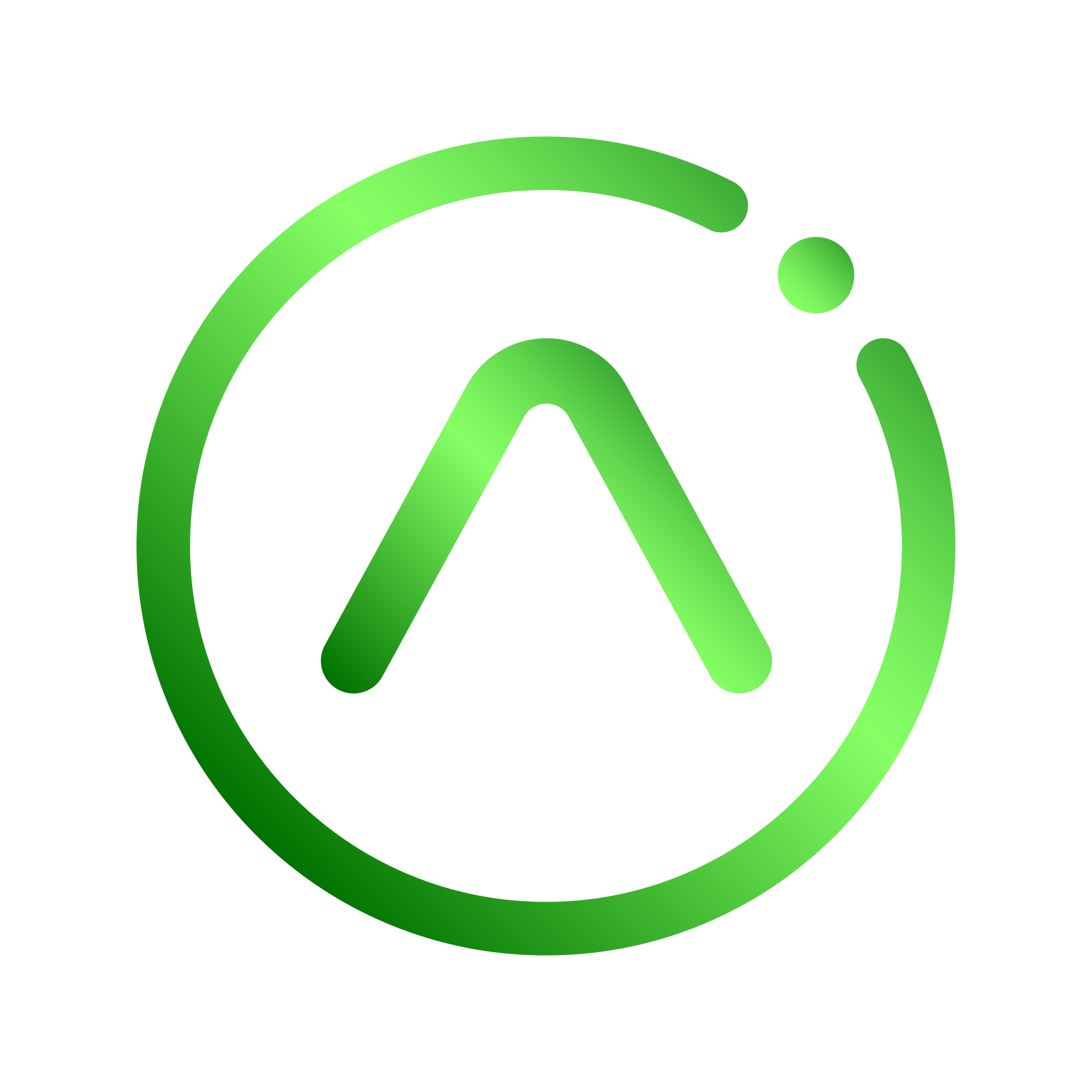NQF Level:
Credits:
Minimum Duration:
Faculty:
Department:
Accreditation Authority:
Why Choose This Qualification?
Admission Requirements.
- An NQF Level 3 qualification or equivalent.
- Relevant industry experience may qualify through Recognition of Prior Learning (RPL).
Qualification Structure.
- Semester 1: Introduction to IoT, Devices & Computing Systems, IoT Solution Deployment.
- Semester 2: Data Collection, Analysis & Visualisation, IoT Security Practices.
Learning Outcomes.
- Deploy IoT solutions and connect devices to networks.
- Collect and store data from connected devices.
- Integrate IoT data into systems for analysis.
- Secure and troubleshoot IoT solutions.
International Comparability.
Qualification Modes of Delivery and Support.
- Contact Learning: In-person classes.
- Blended Learning: Online and face-to-face sessions.
- Distance Learning: Self-paced study.
Career Opportunities.
- IoT Developer
- Systems Integrator
- IoT Support Technician
- Edge Computing Specialist
- IoT Solutions Architect
Articulation Options.
- Horizontal: FET Certificate: IT Technical Support, NQF Level 4.
- Vertical: Occupational Certificate: AI Software Developer, NQF Level 5.
- Diagonal: Higher Certificate in Robotics and Intelligent Systems, NQF Level 5.
Ensure Compliance, Empower Financial Accuracy.
With the Occupational Certificate in Tax Technology, you’re not just earning a qualification—you’re stepping into a crucial role in maintaining tax compliance and supporting financial accuracy. Gain the expertise to manage tax calculations, ensure VAT and payroll compliance, and navigate complex tax regulations with confidence.
Don’t wait to become an essential part of the financial sector.
Enroll today and build a career where you secure financial integrity and guide clients with precision!




